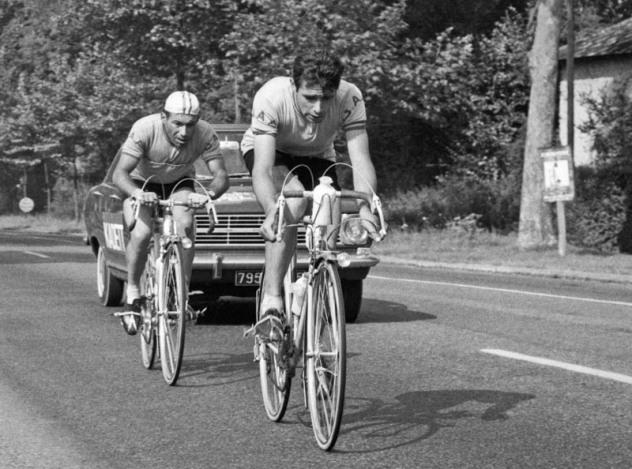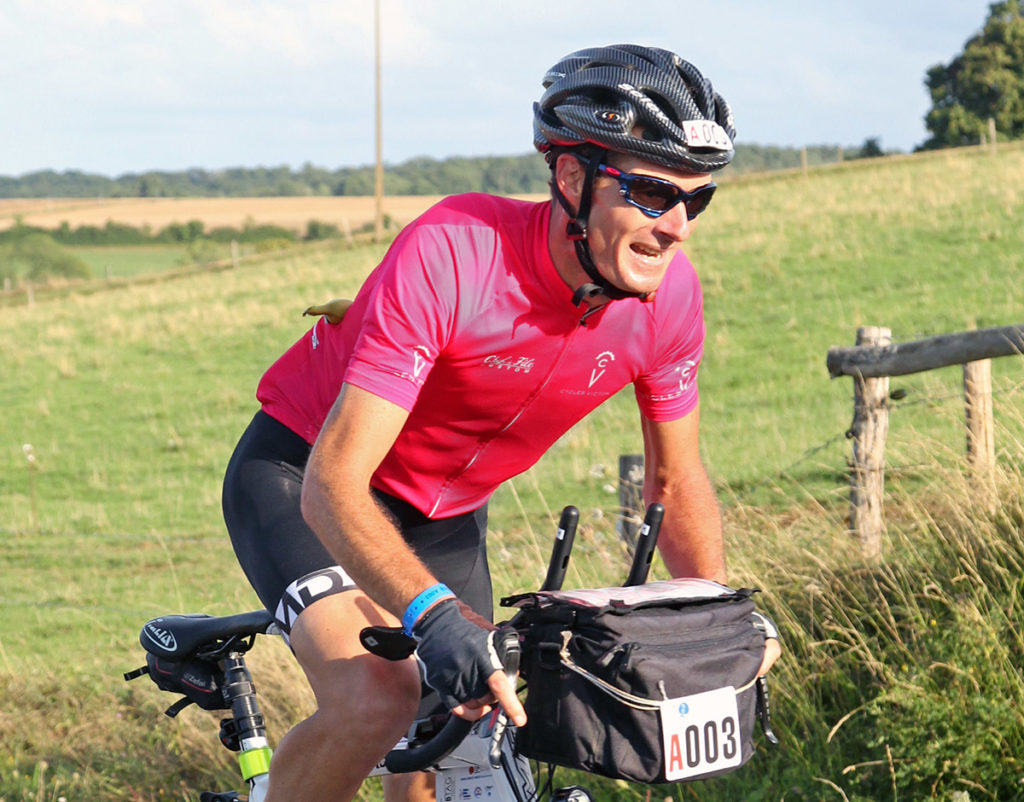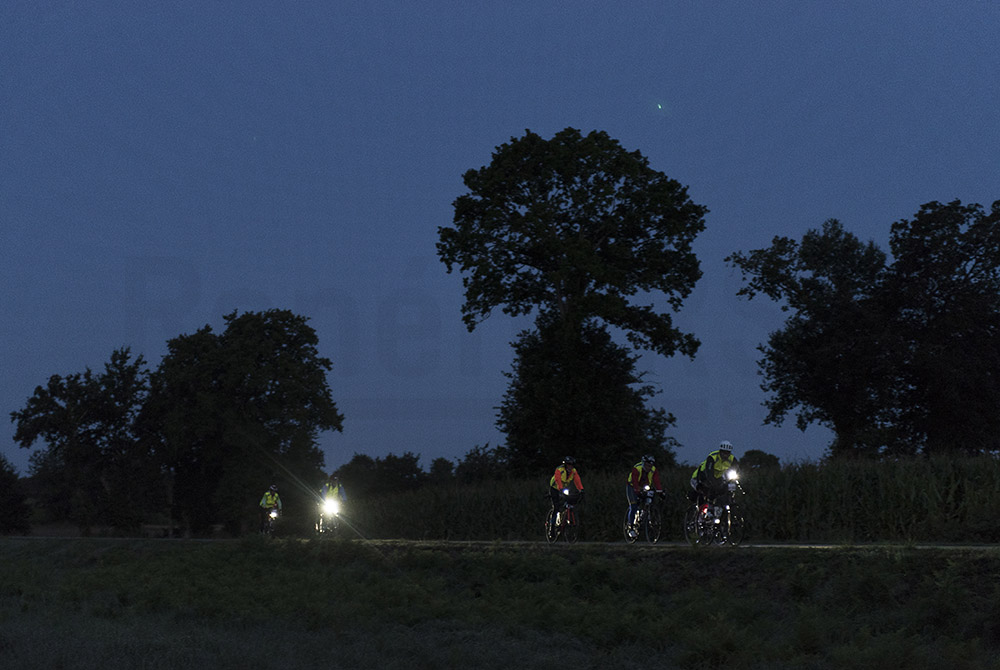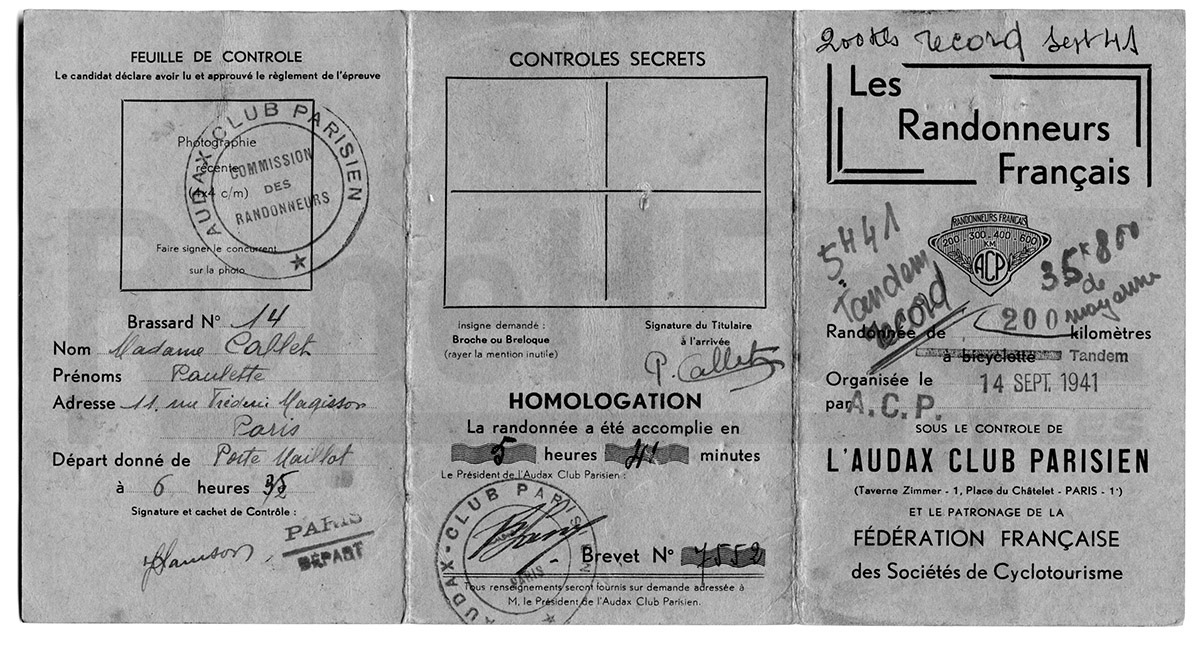PBP: How to qualify and prepare
“Why did you want to ride Paris-Brest-Paris?” Natsuko asked Robert Demilly, who set a record in 1966, completing the big ride in 44:21 hours (together with Maurice Macaudière). We were sitting on the terrace of a French café together with Lyli Herse and other anciens pilotes. It was a beautiful, sunny day, and the relaxed atmosphere was about as far from the relentless hills of Brittany as one could imagine.

A glimmer appeared in Demilly’s eyes. “Back then, if you were a cyclotourist, the idea of Paris-Brest had enormous appeal. It was something you just wanted to do,” he explained. Lyli Herse chimed in. “Of all the rides, the one I wish I had done is Paris-Brest,” confided the woman who had won eight French championships.
There are many reasons why PBP is special. It is the challenge of riding 1200 km (750 miles) across hilly terrain. It’s also being part of one of the oldest celebrations of cycling, with spectators lining the road at all hours of the day and night. It’s riding with cyclists from all over the world. It’s one of the greatest rides you’ll ever do.
PBP is organized by the Audax Club Parisien, a club steeped in the history of randonneuring and cyclotouring. The ACP was the force that added the Randonneur PBP to the professional race. They also were instrumental in the development of derailleurs, organizing the Poly de Chanteloup, a hillclimb race designed to figure out the best shifting system. They rode at speeds that are hard to imagine today, like Jean Desjeans and Paulette Callet/Porthault’s 200 km brevet in 5 hours and 41 minutes, on a tandem. (That’s an average speed of 35.8 km/h or 22.2 mph). And yet the ACP focused on cyclotouring even more than speed: ACP members rode all across Europe and beyond during the 1930s, when foreign travel was almost unheard of.
Among the members of the ACP, there’s a wealth of experience on how to ride long distances efficiently. For Bicycle Quarterly’s ‘Road Map to PBP’ series, we caught up with Jean-Gualbert Faburel, two-times PBP project manager at the Audax Club Parisien (and seven-times finisher), to ask him about the 2023 event and how to best qualify and prepare for it. Here are a few excerpts with important information for anybody thinking about Paris-Brest-Paris. The full interview is in the Summer 2022 Bicycle Quarterly. (Translated from French.)

JGF: In 2023, we’ll experience the 20th edition of the Randonneur Paris-Brest-Paris. The spirit of this ride has always been to show that anybody can ride very far on their bike, as long as they really want to do it. The friendliness, the spirit of helping one another are essential values of this event where everybody participates as equals, each within their own capabilities. Those who want to return to Paris as quickly as possible are welcome just the same as those who want to enjoy to the fullest the festivities along the course and at the stops. Volunteers, spectators and participants all contribute to making this randonnée a highlight in the life of any long-distance cyclist.
BQ: In the past, there have often been more riders wanting to do PBP than you could accommodate. How will you select those who will be able to start in August 2023?
JGF: We hope to have 8000 spots in 2023—more than 1000 extra compared to the previous PBP. However, if we do need to limit the number of participants, we will give priority to riders who have completed brevets between November 2021 and October 2022. The longer the brevet ridden in 2022, the earlier the rider can pre-register. Both the brevets organized by the ACP and by the Randonneurs Mondiaux count for this purpose.
BQ: Where will the start be in 2023?
JGF: The 2023 start will be in Rambouillet again. Based on the experience from 2019, the town of Rambouillet will work with the Audax Club Parisien to make visitors even more welcome, both at the start and at the finish.

BQ: What about the course? Are there changes?
JGF: The checkpoints and other support locations will be similar to those in 2019. There will be some small changes.
BQ: What does the ACP consider to be the spirit of PBP?
JGF: PBP sees itself going beyond nationalities and cultures as an event that is open to all. Riders will share intense moments of challenge and friendship. Long-distance randonneurs are often very humble people, who know that everybody will struggle with difficult times during long rides. They also know that willpower is the best asset for success, more than physical strength. We have often seen those who arrived first return to the finish over the following days to welcome riders who are just arriving in Paris and congratulate them for having spent so much time on their bikes—which is more than they have done!
Read the full interview, including Jean-Gualbert’s advice on training, his insights into the unique difficulties of PBP, and why the DNF rate was higher in 2019 than usual, in the Summer 2022 Bicycle Quarterly.
Photo credits: Paulette Callet/Porthault (brevet card); Rene Herse archives (PBP 1966); Maindru (Jean-Gualbert Faburel, 2019 PBP); Nicolas Joly (night-time)



